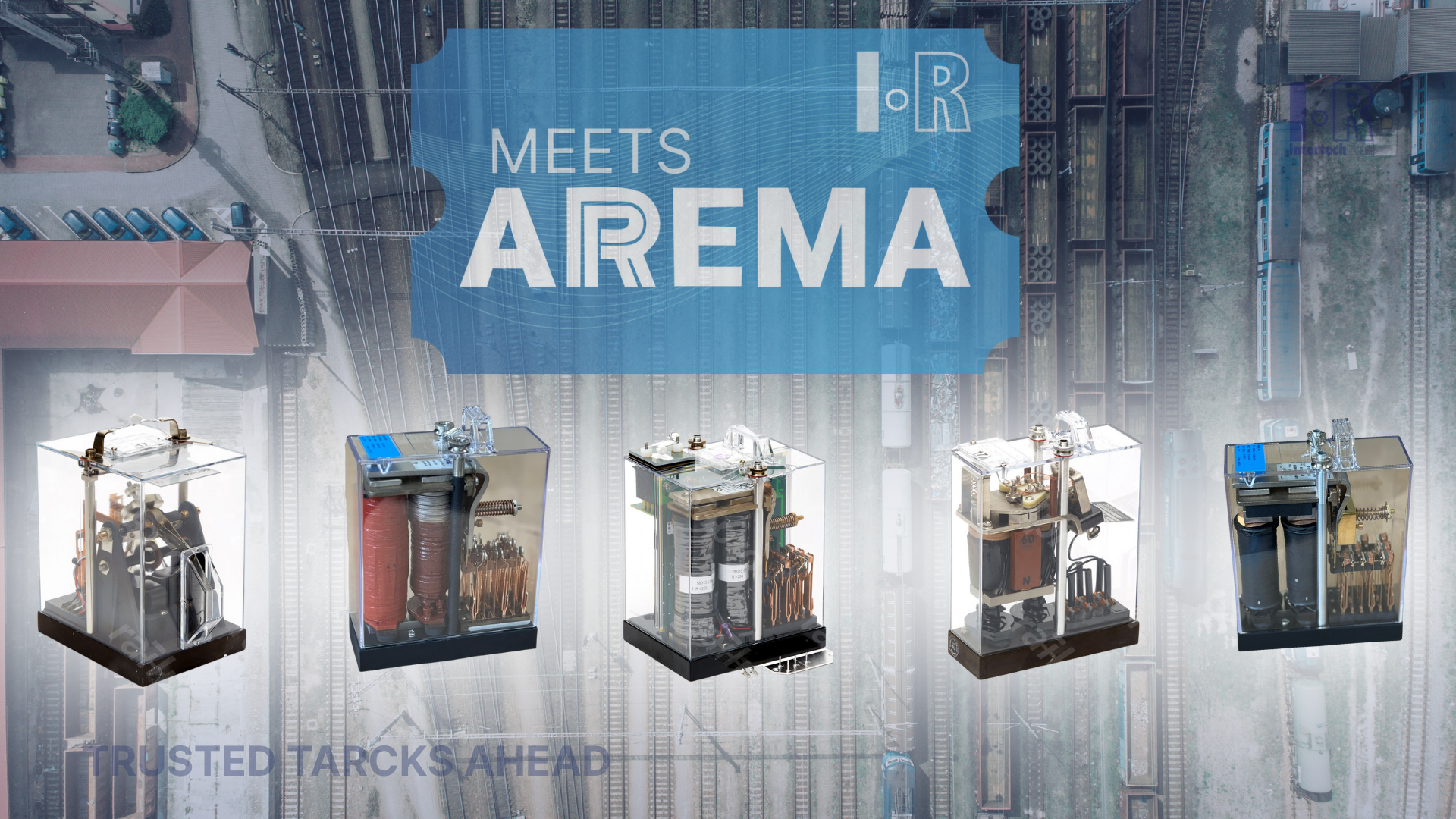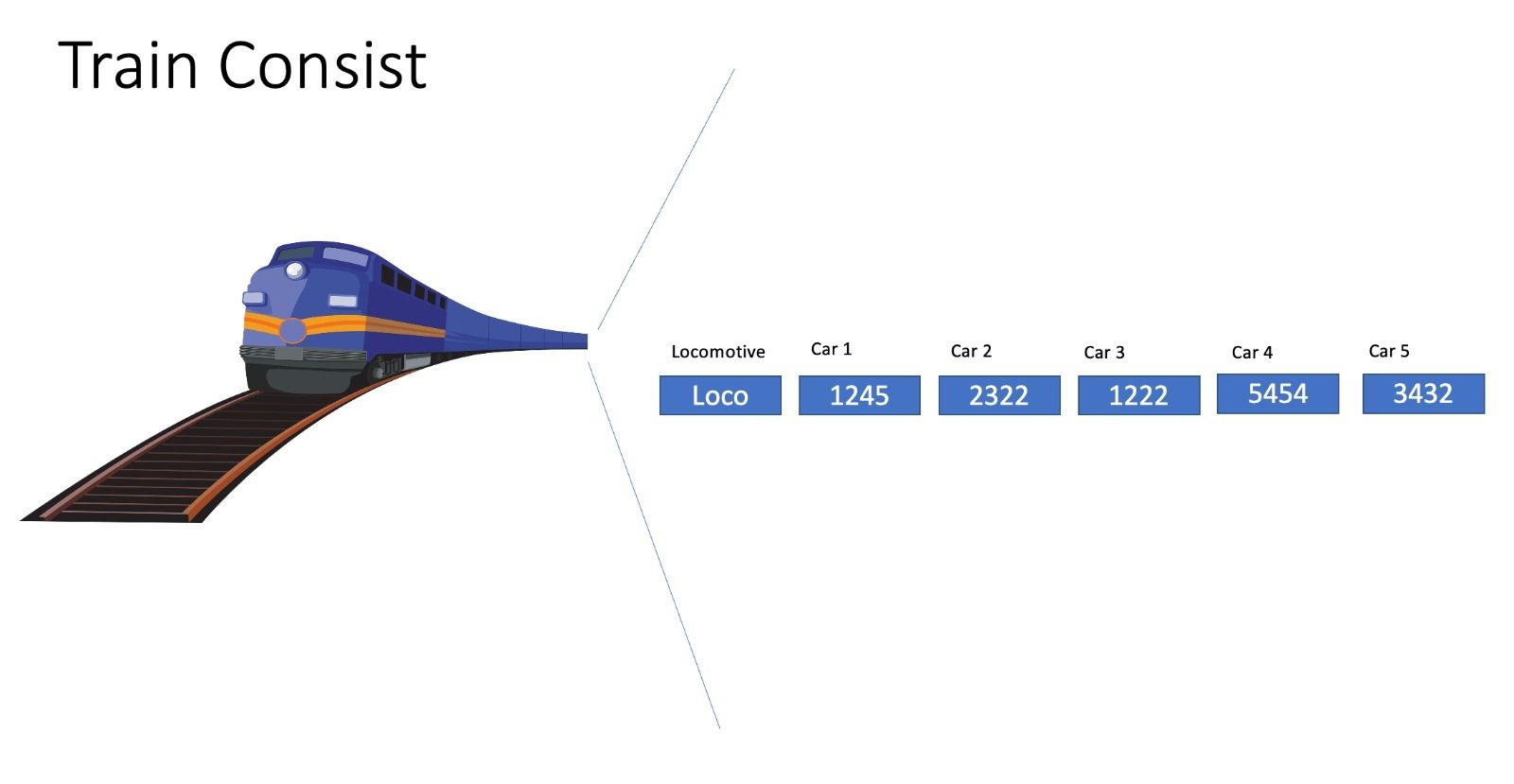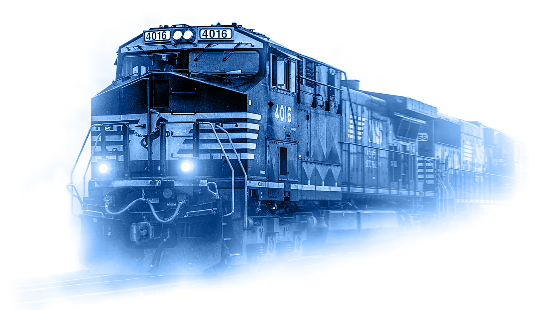Train Consist in Automatic Equipment Identification (AEI)
Automatic Equipment Identification (AEI) plays a crucial role in enhancing efficiency, safety, and overall management of rail operations. One essential component of AEI is the concept of a "Train Consist," which relies on Radio-Frequency Identification (RFID) tags and complementary technologies such as wheel sensors. In this article, we will delve into what constitutes a Train Consist in AEI, the role of RFID tags, and the significance of wheel sensors when tags are absent or damaged.
A Train Consist refers to a detailed record of the rolling stock that makes up a train, including information about each individual railcar or locomotive. AEI systems utilize RFID technology to automatically identify and track these rail vehicles. Each piece of rolling stock is equipped with an RFID tag, which contains unique identification information. As the train passes a reader or antenna along the railway track, the AEI system captures and processes the information from these tags, creating a comprehensive Train Consist.
The Importance of RFID Tags
RFID tags are small electronic devices that consist of a microchip and an antenna. The microchip stores unique identification data, and the antenna enables communication with RFID readers. In the context of railways, RFID tags are attached to railcars and locomotives, allowing for the automatic and accurate identification of each piece of rolling stock as it moves along the tracks.
Efficient Data Collection
RFID tags enable rapid and accurate data collection without the need for manual input. This efficiency is especially critical in large rail networks where numerous trains operate simultaneously.
Real-time Tracking
AEI systems provide real-time information about the location and status of each railcar in a train. This data is invaluable for improving logistics, scheduling, and overall operational efficiency.
Enhanced Safety
Accurate identification of each rail vehicle contributes to improved safety measures. Knowing the exact composition of a train allows for better response to emergencies and ensures that safety protocols are followed.
While RFID tags are a primary component of AEI, the reliability of the system may be compromised if a tag is missing or damaged. In such cases, wheel sensors become crucial for maintaining accurate Train Consist data.
Tag Absence or Damage
If an RFID tag is missing or damaged, the AEI system may lose track of the specific railcar. Wheel sensors, which detect the rotation of train wheels, can provide backup information to identify and track the movement of rail vehicles.
Redundancy and Reliability
Wheel sensors offer redundancy in AEI systems, ensuring that identification can still occur even if RFID tags are not functioning optimally. This redundancy contributes to the overall reliability of the AEI system.
The concept of Train Consist in Automatic Equipment Identification is important to ensure the smooth and safe movement of trains. RFID tags play a central role in providing accurate and real-time information about the composition of a train. However, the integration of wheel sensors adds an additional layer of reliability, serving as a backup in scenarios where RFID tags are missing or damaged.




1501 Venera ave Suite 320A Coral Gables, FL 33146
+55 11 985974011 (Brazil)
+1 614 302 1900 (USA)
Intertech Rail 2024 - All Rights Reserved






